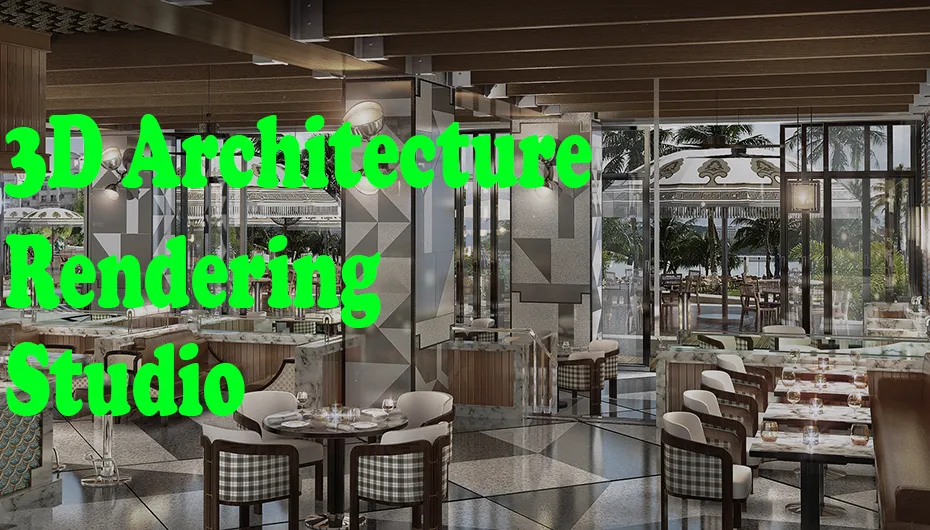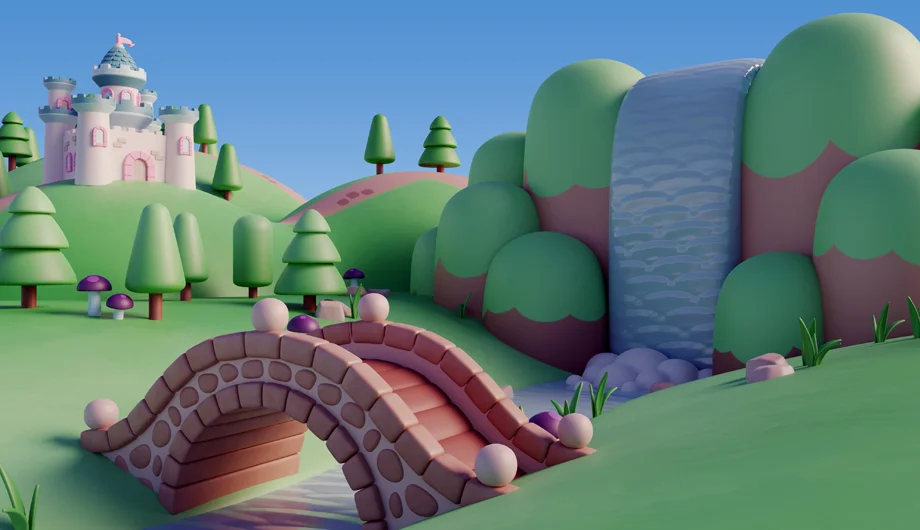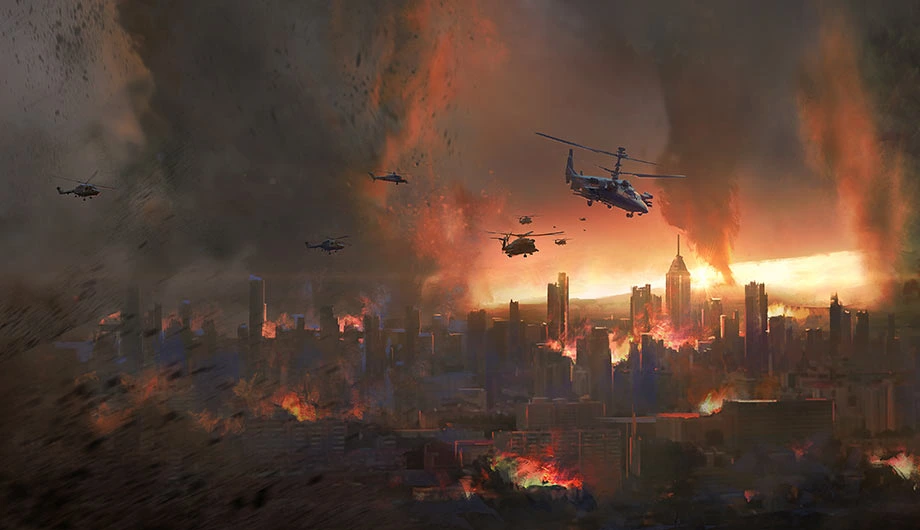
Polygon count is significant when providing Game Asset 3D modeling services. Developers and artists need to understand the balance between polygon counts to achieve detailed and realistic models, and low enough polygon counts to ensure optimal performance. The introduction of advanced rendering techniques and powerful hardware has changed the dynamics of this balance, allowing for more complex models without compromising game performance. However, the challenge remains in creating assets that are aesthetically pleasing and functional across a variety of platforms, from high-end PCs to mobile devices but Game Art Outsourcing Companies can be the problem solver. As technology advances, the approach to polygon counting in Game Assets 3D modeling has also evolved, making it a dynamic and always relevant topic in the industry. Let's find out all the answers!
What is Polygon Count?
A fundamental concept in 3D modeling, polygon count refers to the number of polygons that make up a 3D mesh. Polygons, which are essentially two-dimensional shapes, serve as the building blocks of these networks.
Defining the Number of Polygons
Each polygon is defined by vertices and edges that form a closed shape, usually a triangle or a quadrilateral (quadrilateral). Triangles (Tris) and quadrilaterals are the industry standard for meshing because they are more efficient and less likely to introduce artifacts in textures and materials. In Game Asset 3D modeling, edges are represented as lines connecting two vertices. When at least three edges are connected, a polygon similar to a triangle is created. The planar shape created when forming a polygon is called a surface. For example, in 3D modeling, a simple cube consists of 6 faces, 12 edges, and 8 vertices, and shows how these elements are connected to form a 3D object.
High Poly 3D game resources feature highly detailed details and often use his voxel-based 3D techniques instead of traditional polygons. In contrast, low-poly models have fewer polygons and are optimized to reduce polygon count, making them beneficial in industries where rendering efficiency is important. An important process in 3D modeling, retopology transforms high-poly models into low-poly versions without significant loss of detail. Polygonal modeling is widely used in commercial 3D software and is especially important in VFX and games where it is important to render multiple assets in real-time. Therefore, polygon count management is important to accommodate the different hardware capabilities of different consoles and PCs.
Importance of 3D Modeling for Games
When it comes to Game Assets 3D modeling, it's important to understand the role of triangles relative to polygons. Triangles are fundamental because they form the basis of all 3D shapes used in game engines, ensuring stability and preventing distortion during rendering. All complex polygons in the game model will eventually be triangulated for rendering. Nevertheless, Game Art Outsourcing Companies often use quads or higher-order polygons for modeling efficiency. These shapes allow for easier handling, smoother parting, and better tool compatibility. It is important to create and edit models with complex polygons for practical reasons, keeping in mind that they will eventually be converted to triangles to ensure compatibility and performance in game engines. Therefore, the balance between artistic flexibility and optimal game performance is achieved by strategically using complex polygons during design, while considering their conversion to triangles to increase the efficiency of the game engine.
Polygons vs. Triangles in Game Asset Design
Game asset design centers around the discussion of the use of polygons and triangles. Because each brings unique benefits to stability, rendering, and artistic flexibility in his 3D environment.
Basic Differences
The main differences between polygons and triangles in 3D modeling for games revolve around structure, efficiency, and final application. Polygons, including triangles, are the building blocks of 3D models. Triangles, the only polygons, are intrinsically steady and cannot be mutilated, making them perfect for reliable rendering in game motors. Higher-order polygons, such as quadrilaterals, provide more flexibility during the modeling process and are easier to manipulate, smooth, and detailed.
Performance Considerations
Performance considerations greatly affect the selection of polygons and triangles. A high polygon count can result in detailed and visually appealing models, but it can tax the game engine, slow rendering times, and impact overall game performance. Conversely, a model with too few polygons may lack the detail needed for a realistic and immersive gaming experience. Triangles represent the most basic shape of polygons and are essential for stable representation, so it is very important to use triangles efficiently. By optimizing your model for a balance between detail and polygon count, it will look great without overloading the game engine. This optimization is especially important for games with large environments or large numbers of assets, where the cumulative effect of polygon count can have a significant impact on performance.
Bottomline
Polygon count is an important aspect of Game Asset 3D modeling, affecting both visual fidelity and performance. Achieving the right balance between detail and efficiency is critical for developers, as advancements in rendering technology and hardware offer new possibilities. Game art outsourcing companies play an important role in optimizing polygon count while maintaining aesthetics. Understanding the importance of polygons and triangles in modeling ensures stable rendering and efficient performance in game engines. The right balance of detail and polygon count is critical to creating immersive gaming experiences across multiple platforms.
Recent Post

7 General Steps in 3D Game Asset Creation
15 Apr, 2024












